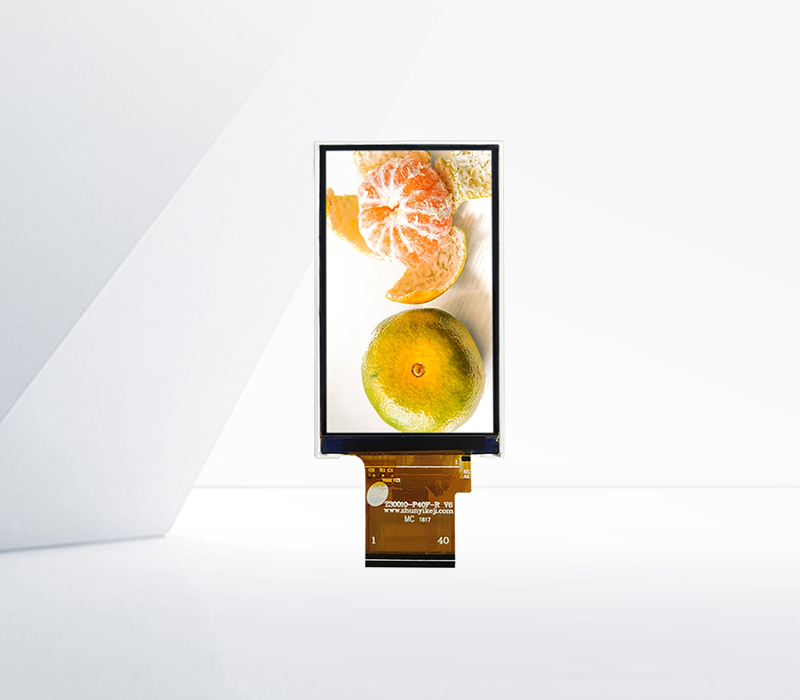




1. Cathode material
The cathode material of OLED is used as the cathode of the display screen. In order to improve the efficiency of electron injection, metal materials with the lowest work function should be selected, as electron injection is more difficult than hole injection. The magnitude of the metal work function seriously affects the luminous efficiency and service life of OLED devices. The lower the metal work function, the easier it is to inject electrons and the higher the luminous efficiency; In addition, the lower the work function, the lower the potential barrier at the organic/metal interface, and the less Joule heat generated during operation, resulting in a significant improvement in device lifespan.
2. Anode material
The anode material of OLED is mainly used as the anode of display screens, requiring its work function to be as high as possible in order to improve the efficiency of hole injection. OLED devices require that one side of the electrode must be transparent, so ITO conductive glass with high work function is usually selected as the anode. ITO (indium tin oxide) glass has a transmittance of over 80% in the wavelength range of 400nm to 1000nm, and also has high transmittance in the near ultraviolet region.
3. Buffer layer material
The transport rate of holes in OLED is about twice that of electrons. In order to prevent hole transport to the organic/metal cathode interface and cause light quenching, a buffer layer CuPc needs to be introduced during device preparation. As a buffer layer, CuPc can not only reduce the interface potential barrier between ITO/organic layer, but also increase the adhesion degree of ITO/organic interface, increase hole injection contact, suppress hole injection into HTL layer, and balance the injection of electrons and holes.
4. Carrier Transport Materials
OLED devices require holes injected from the anode and electrons injected from the cathode to be injected into the light-emitting layer in a relatively balanced manner, which means that the injection rates of holes and electrons should be basically the same. Therefore, it is necessary to choose appropriate hole and electron transport materials. During the operation of the device, heating may cause crystallization of the transmission material, leading to performance degradation of OLED devices. Therefore, we should choose materials with higher glass transition temperatures (Tg) as the transmission material. NPB is usually used as the hole transport layer in experiments, while Alq3 is chosen as the electron transport material.
